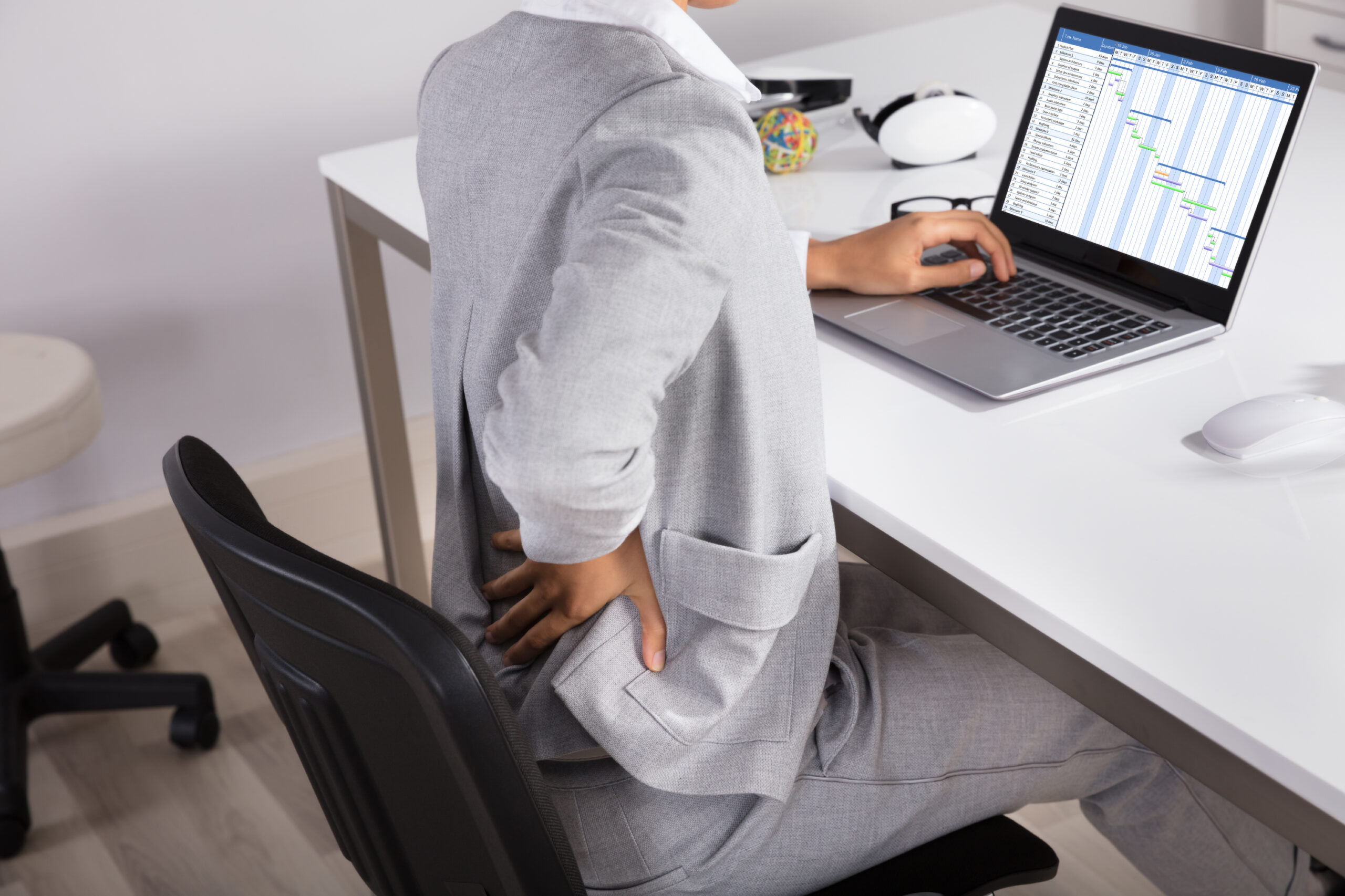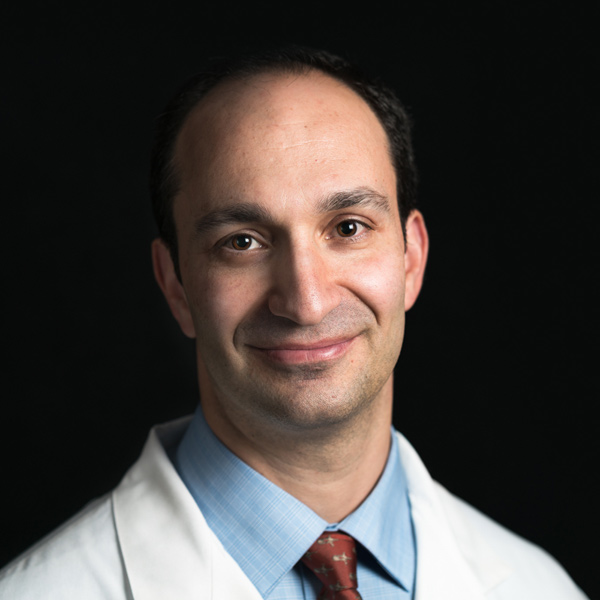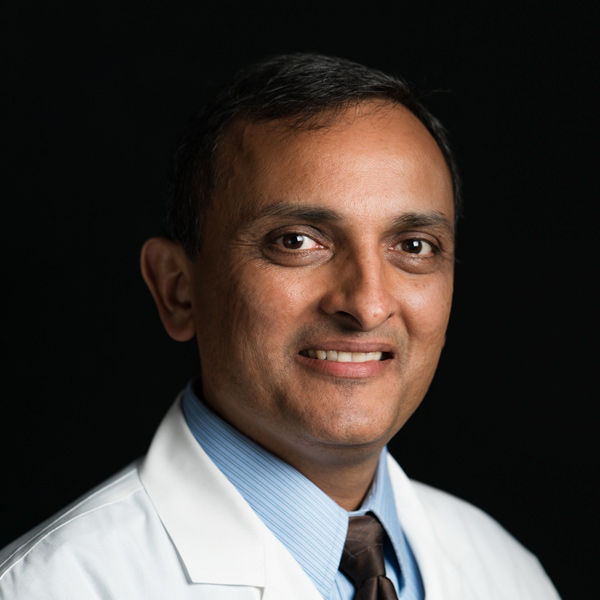Spinal Stenosis treatment
Spinal Stenosis Specialist in Kenosha and Burlington, WI

What Is Spinal Stenosis?
Spinal stenosis is a condition in which the spinal canal narrows and pinches the nerves. This results in back and leg pain.
In adults 50 years of age and older, the risk of developing spinal stenosis increases. Younger people who are born with a small spinal canal may also develop symptoms. Aging can cause the ligaments (tissues that connect the spine and bones) to become thicker and calcified. The disks between vertebrae break down. Growths called bone spurs may happen on bones and into the spinal canal. All of these conditions tighten the spinal canal. This causes spinal stenosis.
Symptoms of spinal stenosis include pain and difficulty walking, as well as numbness, tingling, a sensation of hot or cold, weakness or a heavy, tired feeling in the legs. A person may also experience clumsiness or frequent falls. Often, bending forward will lessen the pain, such as by leaning onto a shopping cart at the grocery store. If you notice any of these symptoms, talk with your healthcare provider. He or she may recommend pain medicine or corticosteroid injections to reduce swelling and pain, posture changes, physical therapy, or weight loss. Surgery may also be a choice.
Surgical treatment for spinal stenosis is considered after nonsurgical remedies have not provided significant improvement in symptoms, and when the benefits of surgery are deemed greater than the potential risks. In some cases, surgery may be an urgent matter due to the development of severe weakness or loss of bowel and bladder function.
Surgical procedure
Common surgical procedures used to treat spinal stenosis:
- Decompression. This is surgery that involves removing the bone and soft tissues of the spine that are pinching the nerves. This procedure is also referred to as a “laminectomy.”
- Spinal fusion. This surgery is performed when there is a contributing deformity of the vertebra or curvature of the spine and involves permanently fusing two or more vertebrae together. A piece of bone, usually taken from the hip, is used to complete the fusion. Screws and rods may be used to hold the bones together while they mend, and can also facilitate a faster recovery time.
While there is treatment for spinal stenosis, prevention should be a primary focus. Staying physically fit and getting regular exercise can contribute to a healthier spine by improving endurance and strengthening the back muscles. Maintaining a healthy weight can also be beneficial. It reduces the load placed on the spine. Smoking should be avoided or discontinued because it can cause the spine to degenerate faster than the normal aging process.

